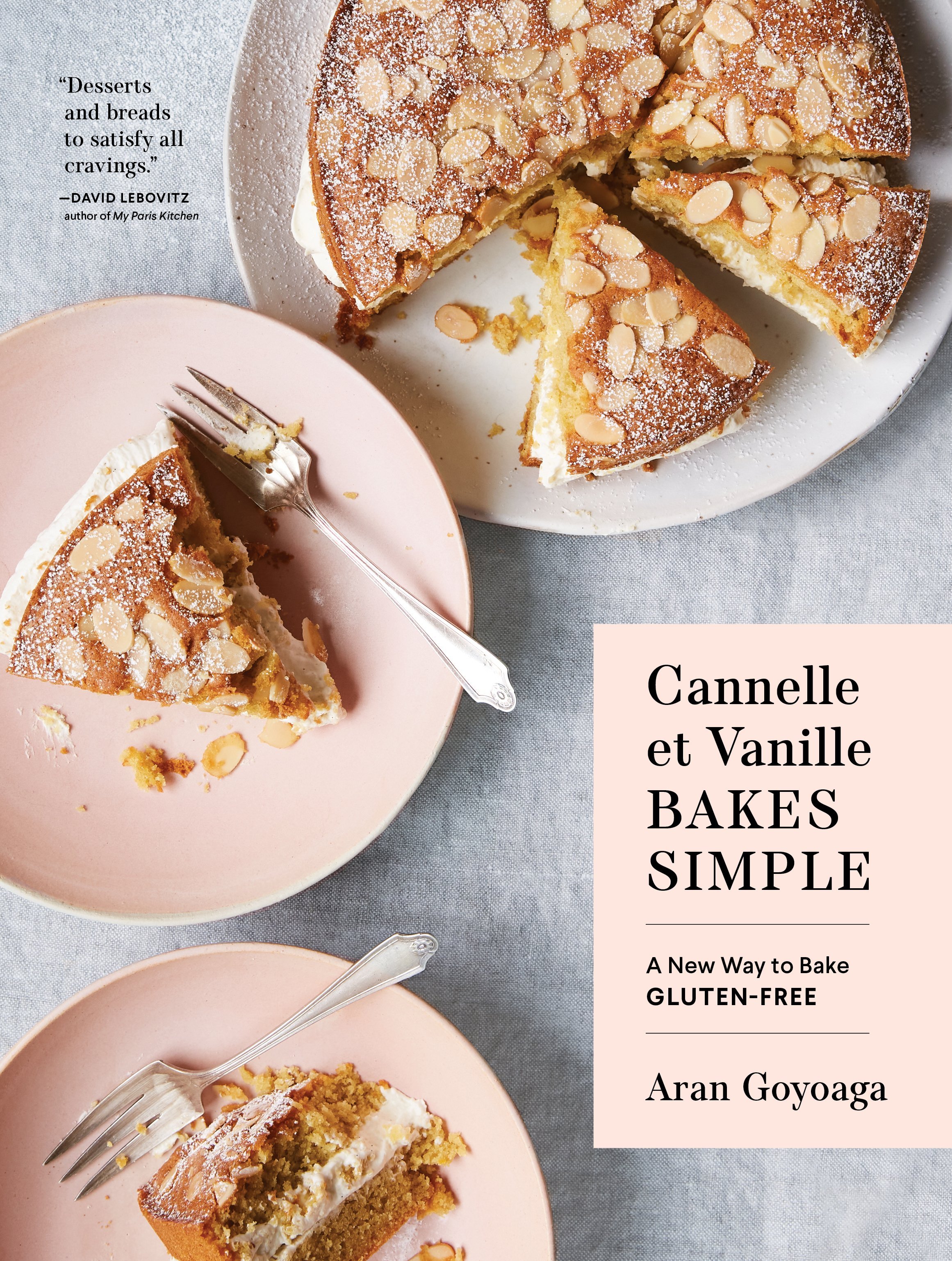Mastering Gluten-Free Baking & Transforming Your Beloved Recipes
A decade ago I started experimenting with gluten free baking. At the time, the most readily available alternative flour was garbanzo bean. The health movement of the 70’s seemed to include the idea that food had to taste weird and off putting to be good for you. Dried, ground garbanzo beans fit right in: gummy, with a slightly strange aftertaste, it made anything you baked with a sad, dense and weird version of the original.
After four years of owning a bakery, I was starting to understand the need for alternatives to gluten. My own seasonal allergies were at their worst, as was my immunity, menstrual cramps and overall energy. I now know that the amount of flour I was consuming in baked goods and ingesting through my nose while mixing bread dough was wreaking havoc on my gut health. These health concerns flew in the face of all my years of training and working as a chef and baker.
I believed the carefree enjoyment of food to be one of the greatest pleasures of life, but I had to reconcile these beliefs with some hard truths about my health. I learned that if I could create delicious alternatives, I could have the best of both worlds. Learning the ropes has taken time, practice and a reorganizing of my kitchen.
Not everyone is gluten intolerant, but the nature of gluten is that it has sticky proteins which like to grab on to the lining of our small intestine, where they can do some serious damage to our gut permeability. If you are blessed with ample stomach acid, robust gut flora, and a solid small intestine lining, carry on! But the reality is most of us are deficient in one or more of these areas, and could stand to cut back on the foods that do the most damage to our digestion. Gluten is at the top of the list.
One of the upsides of baking with gluten free flours is that the results taste and feel like nourishing food, as opposed to a treat that is pure enjoyment at the detriment to all else. Nowadays, many skilled bakers have been evolving recipes, and the availability of many different types of flour is quite widespread. There are also now some cup-to-cup alternatives to white flour that are quite delicious for simple baked goods like quick breads, cakes and cookies. It’s easier than ever to bake for nourishment.
In order to get consistency in baked goods that parallels regular flour, it’s useful to divide gluten free flours into three categories: Binders, Nut flours and Dry flours.
Binders. Gluten has a sticky property that strengthens as it is kneaded, and helps bind a bread or baked good together. When you are baking without it, you need to add a flour that binds well: sticky rice flour, tapioca, and psyllium husk are three good choices. Because these flours are so sticky, a little goes a long way.
Nut and seed flours like almond flour, hazelnut flour, pumpkin seed flour have great flavor and fat content, but they are too heavy and dense to use alone.
Fine Almond Flour
3. Dry flours like oat flour, rice flour, millet and buckwheat balance out a nut flour well. They are lighter and drier. Alone they are too dry.
Millet before harvest
If you have a recipe you love, try substituting using the following formula: For each cup of regular flour, substitute 1/2 cup nut flour, 6 tablespoons dry flour and 2 tablespoons sticky flour.
My two favorite gluten free bakers are Liz Pruitt of Tartine Bakery and cookbook author Aran Goyoaga. They are both at the forefront of alternative baking. Liz has a new substack publication out, called Have Your Cake, which you can subscribe to. She shares a new recipe each week. She also authored, Tartine Every Day, which has a great selection of gluten free recipes. I love a lot of recipes in this book, particularly her flax muffins, lemon poundcake, teff carrot cake and cornbread.
All of Aran’s cookbooks are gluten free. She has the best recipes and formulas out there I have found for baking gluten free bread with great results. Her sandwich loaf is in regular rotation at our house.
Both these bakers have varied and creative formulas for using a wide variety of flours. My formula is a great way to convert your own recipes and get comfortable experimenting, but if you prefer to following tight instructions check out either of these authors.
The only caveat to these suggestions is that both use refined sugar, something I no longer have in my pantry. I recommend substituting coconut sugar for white or brown sugars, which works well in all recipes except those with delicate flavors (like lemon bars). I also use honey, maple syrup and brown rice syrup when liquid sweeteners are called for. If you don’t do dairy, you can easily exchange butter for coconut oil as well, which I sometimes do.
With a few exceptions (hello croissants) I have come to enjoy gluten free baked goods over traditional flour ones. For their more complex flavors as well as the way I feel after eating them.
What’s widely available in grocery stores and restaurants all over the world are foods of convenience and industrialization. The truth is that many of these foods are making us sick. Eating well these days means going against the grain. While changing your diet requires extra work, intention and forethought, the end results are enjoyment and feeling good in your body.






